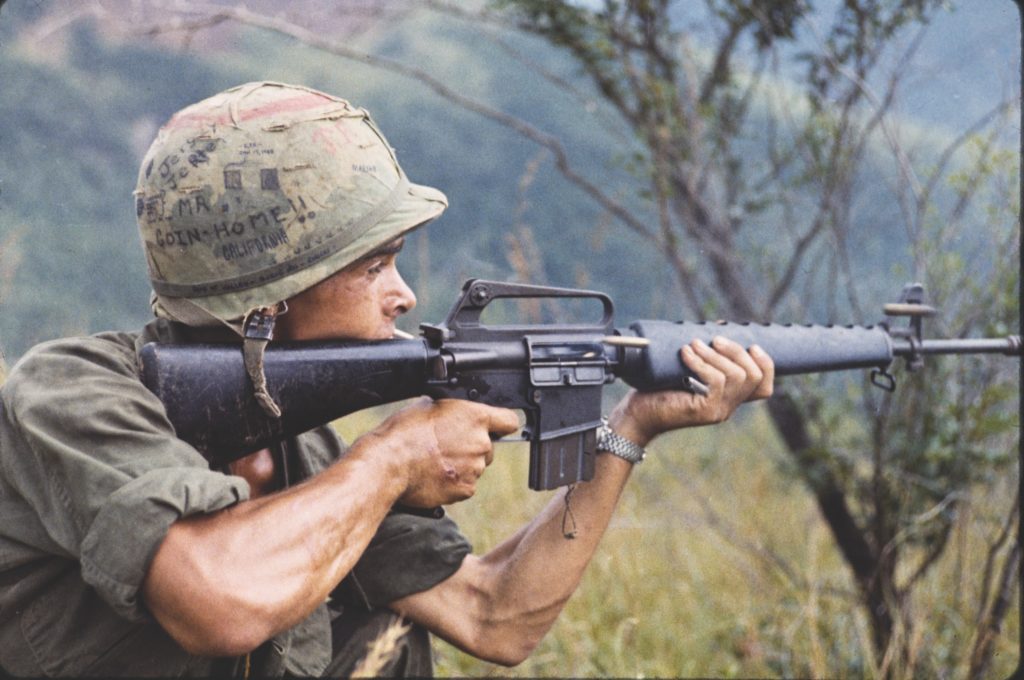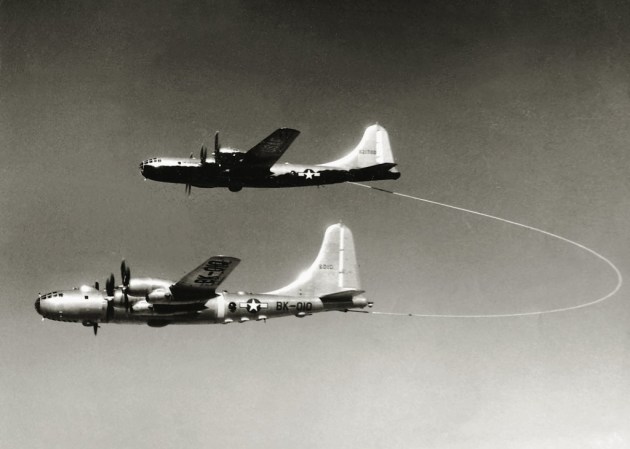Since its founding in 1947, the U.S. Air Force has prided itself in being on the cutting edge of technology. Despite the stereotype of being a rear echelon military branch and the “Chair Force” nickname, the Air Force is absolutely a critical element of America’s war fighting capability. In fact, it was the first branch to adopt the famed M16 rifle before the Army or the Marines.

Since its introduction in the 1960s and through its service in the Global War on Terror, the M16/M4 family of weapons has become synonymous with the American warfighter. While the military first adopted the M16 built by Colt, the rifle was developed from the ArmaLite Rifle designed by Eugene Stoner in the 1950s. The ArmaLite AR-15 was privately designed to be a handy and lightweight weapon chambered in an intermediate cartridge that troops could carry more of than the standard full-size rifle cartridges of the day.

ArmaLite did not have the industrial capacity to build Stoner’s AR-15, so the company teamed up with Colt to produce the rifle and market it using Colt’s existing standing as a government contractor. Seeing the potential of Stoner’s design, Colt bought the rights to the AR-15. However, the lightweight aluminum and plastic construction of the AR-15 was snubbed by Army Ordnance officials who preferred traditional wood and steel rifles. Moreover, a rifle designed by a private company was seen as a threat to the existing government armories at Springfield and Rock Island.

Despite a rejection by the Army, Colt kept marketing the AR-15 to the government. On July 4, 1960, Colt contract salesman William Mullen attended an Independence Day BBQ cookout and brought along a new AR-15 with the assumption that some military brass would be there too. Sure enough, in attendance was then-Air Force Vice Chief of Staff and soon-to-be Chief of Staff of the Air Force General Curtis LeMay.

Mullen showed the rifle off to the general who was impressed by the AR-15’s use of cutting-edge polymers and aircraft-grade aluminum. Using watermelons for targets, Gen. LeMay shot the rifle and was immediately sold. While eating the watermelon carnage, he placed an order for 80,000 rifles and 8.5 million rounds of ammo.

However, LeMay’s request to order the AR-15 was denied by Congress. Adopting a rifle with a new cartridge would be problematic for military acquisitions and logistics. Additionally, the Army was still against the adoption of the ArmaLite Rifle in favor of keeping its own armories turning out M14s. In 1962, as Air Force Chief of Staff, LeMay eventually got a small order of AR-15s approved and sent them to Vietnam for use by Air Police, now known as Security Forces.

In addition to the Air Force, the AR-15 was adopted by Army Special Forces working with South Vietnamese forces for testing and evaluation. Along with pressure from LeMay and Secretary of Defense Robert McNamara, who was also a fan of the AR-15, Special Forces reports praising the rifle’s performance eventually pushed the Army to replace the M14 with the AR-15 as the M16. In November 1963, Colt received a $13.5 million contract for 104,000 M16s, 19,000 of which were slated for the Air Force.









